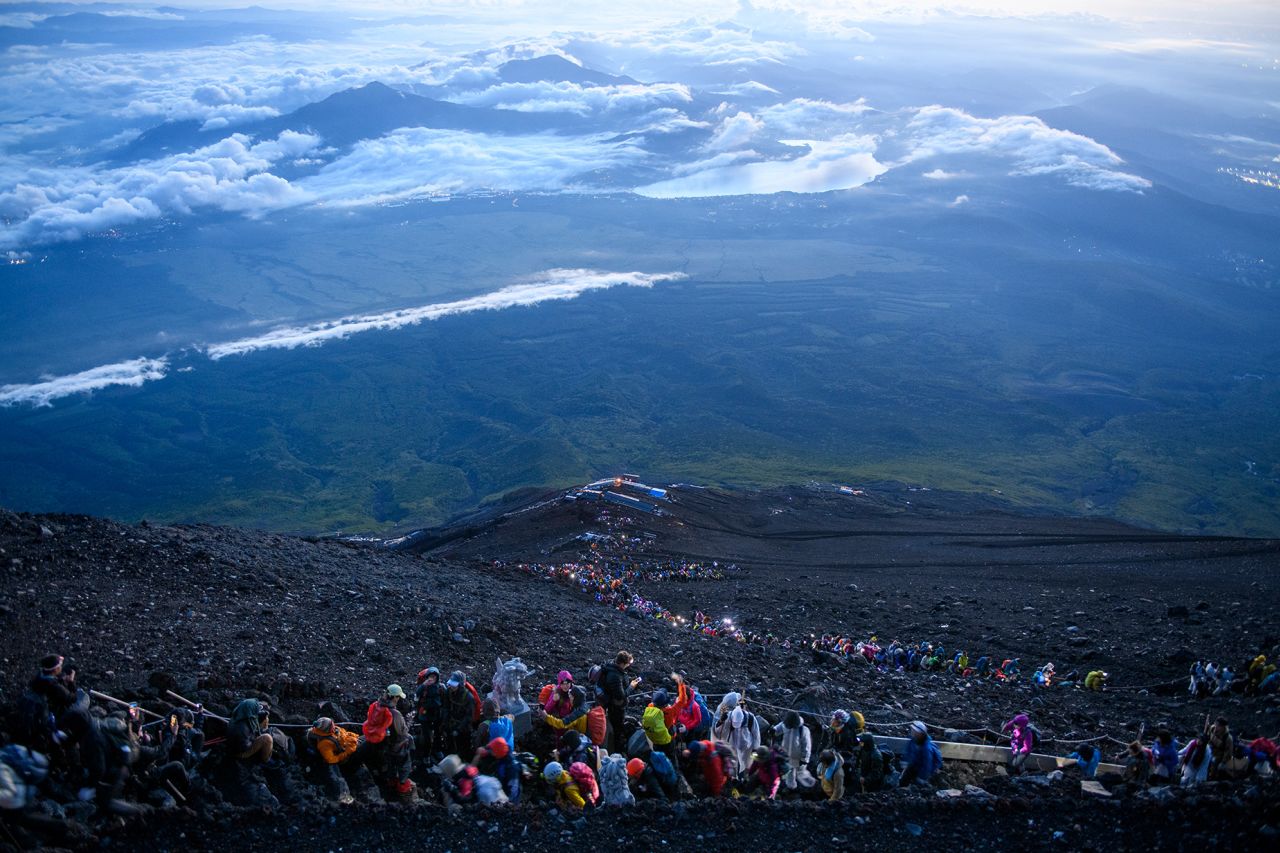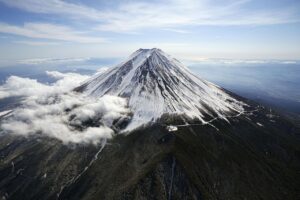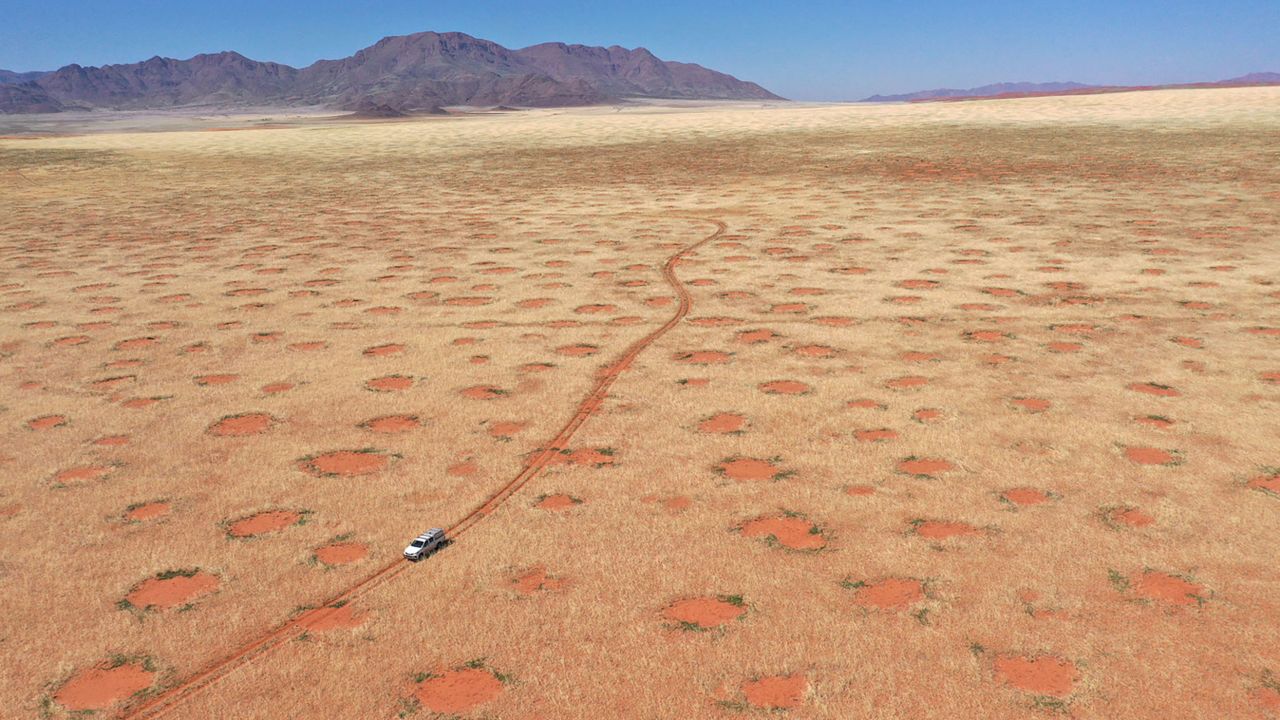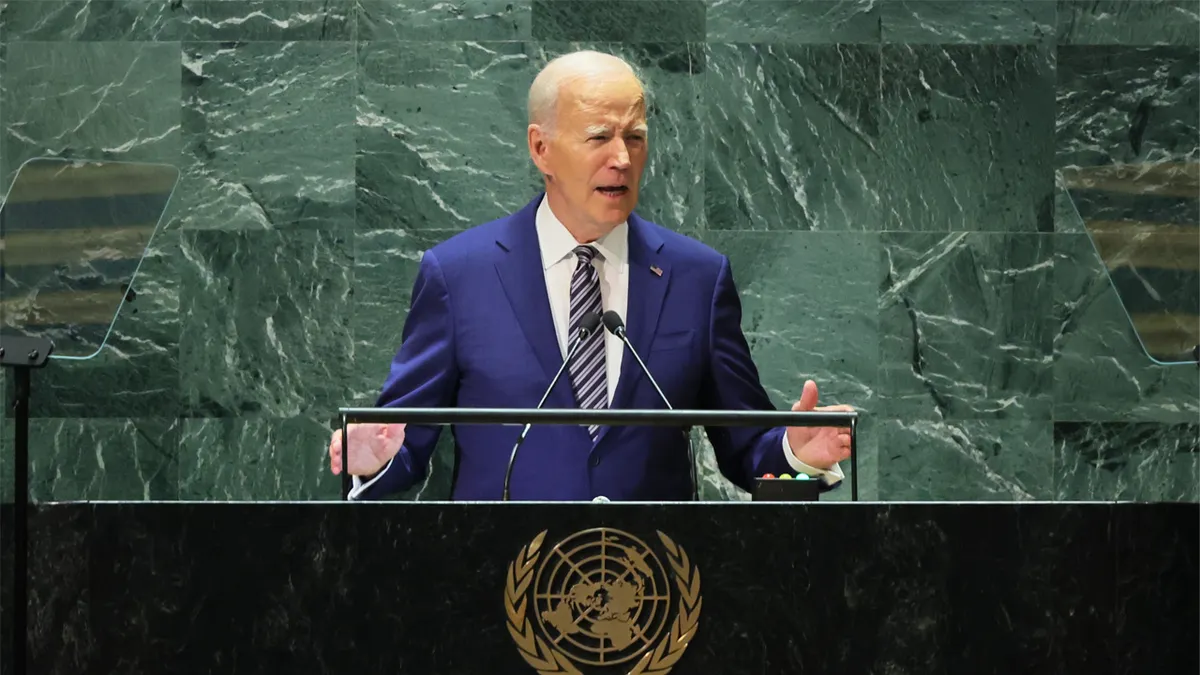The Lure of Mount Fuji
Located in the Chubu region of Honshu, the magnificent curve of Mount Fuji has been a source of awe and inspiration. More than just a geographical entity, it holds spiritual and cultural significance. Its near-perfect symmetry and snow-capped peak have inspired countless works of art and literature. Moreover, Mount Fuji is a much-loved pilgrimage spot and a popular hiking destination for both residents and foreigners, attracting nearly 300,000 climbers every year.
The Threat of overtourism
Overtourism presents a unique series of challenges. The increased traffic on the hiking trails leads to soil erosion, disturbing the mountain’s natural balance. Moreover, the excess waste generated by tourists is proving problematic. The litter left behind is not only an eyesore but also a threat to the local flora and fauna. Besides, the mountain’s serenity and tranquillity, once its hallmarks, are in danger of being permanently disrupted.
The Impact on Local Communities
The influx of tourists has caused a strain on local resources and infrastructure. Though tourism has boosted the local economy, it has also led to overcrowding and increased pollution. Public services are under constant stress and residential areas are battling noise pollution from continual traffic. The skyrocketing property prices further add to the locals’ woes. The stable equilibrium between preservation and progress seems to be in peril.
Searching for Sustainable Solutions
Addressing the adverse effects of over-tourism requires a balanced approach. The underpinning aim is to safeguard the mountain’s ecological balance whilst allowing tourists to explore its beauty. Restricting visitor numbers during peak periods, promoting off-season visits, and educating tourists about eco-friendly practices are some of the measures being considered. In addition, improving waste management systems, enacting stiffer penalties for littering, and enhancing local transportation could alleviate the issue.
Preserving Mount Fuji’s Future
Mount Fuji’s ordeal is a paradigm of the over-tourism crisis faced by several world heritage sites. The struggle between harnessing commercial opportunities and preserving natural beauty is a global conundrum. It’s pivotal that sustainable tourism practices be adopted to preserve these sites for future generations. The dreamy silhouette of Mount Fuji must continue to tower majestically over Japan. For this, every stakeholder, from government authorities to tourists, must play their part in its preservation.




